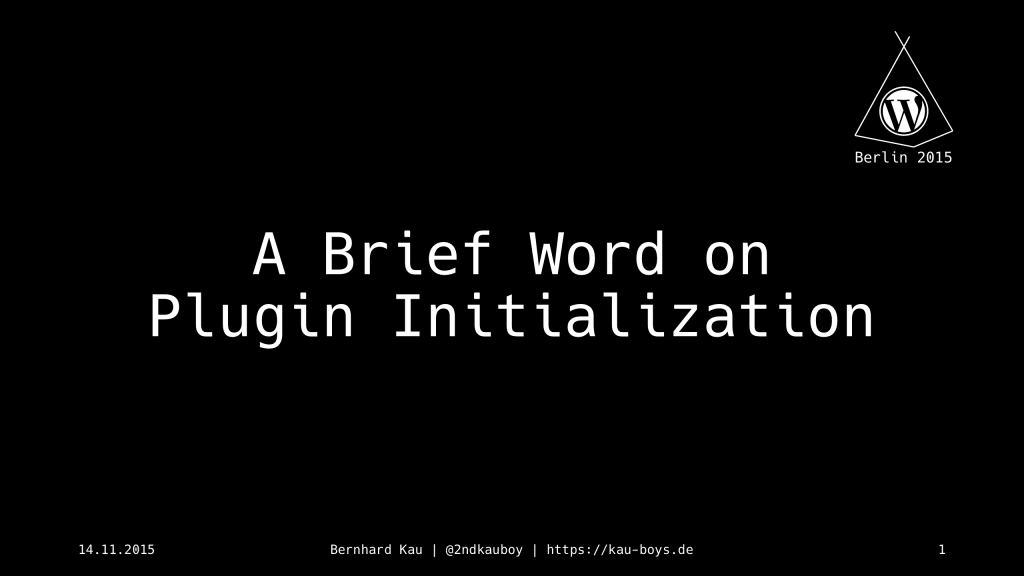Before I start with my first “Project 52” blog post, I want to apologize to all my English readers for not being version active. If you don’t know German, you didn’t have too much to read on my blog in the past. It was acutaly only one real post in the last 4 years (and three posts with slides from my WordCamp talks) only. But this is going to change now!
For those of you who can read German, you might have read my advent calendar in 2015, followed by #projekt52 (a blog post every week of the year) and another advent calendar in 2016. As I was very unhappy with the fact, that I haven’t blogged in English too much, I’ve made a decision: I will blog every two weeks in English and on every other week, I’ll translate this blog post into German, starting today!
A multisite with no main site
This week, I finished the migration of a large client project into a new multisite installation. This multisite had the goal to have one sub-site per customer of our client. Every multisite needs a main top level domain. For this example, let’s say the name of the domain was abc-customers.com. The multisite was set up to use subdomains, while working on the draft of a new customer sub-site. So, we would have something like somecustomer.abc-customers.com and anothercustomer.abc-customers.com. Once the sites where ready to go live, the sub-site were switched to a domain or subdomain (e.g. abc.somecustomer.com and anothercustomer-platform.com). I was using the core WordPress functionality to map those domains and no additional domain mapping plugin.


